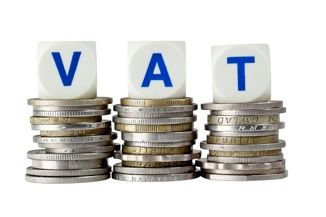In the Autumn statement, changes to the flat rate vat scheme were announced which will take effect from 1st April 2017. Significant changes have been announced for the amount of VAT that many businesses will have to pay. The VAT Flat Rate Scheme simplifies businesses' record keeping, and makes it easy to work out the VAT they must pay.
How does it work?
Normally a business deducts the VAT on its inputs (what they buy) from the VAT charged on what they sell (outputs). Under the Flat Rate Scheme, that two stage process is simplified to one step.For example, the flat rate percentage for a particular type of business may be 10% - so if the business sells goods for £120 including VAT of £20 they will pay a flat rate of £12 (£120 x 10%) to HMRC.
What is changing?
From 1st April 2017 the changes will affect businesses which have a very low cost base. These businesses will be called "limited cost traders". Limited cost traders can still use the Flat Rate Scheme, but their percentage will be 16.5%. So if they sell £120 of work, including £20 of VAT, the flat rate amount is £19.80 (£120 x 16.5%). A limited cost trader is defined as one that spends less than 2% of its sales on goods (not services) in an accounting period.
When working out the amount spent on goods, one cannot include purchases of:
- capital goods (e.g. new equipment used in a business)
- food and drink
- vehicles or parts for vehicles (unless running a vehicle hiring business)
A firm will also be a limited cost trader if it spends less than £1,000 a year, even if this is more than 2% of the firm's turnover on goods.This change will increase the VAT paid by labour-intensive businesses where very little is spent on goods, for example contractors, construction workers and consultants.
Topics
Archive
- 2024
- March 2024 (1)
- January 2024 (1)
- 2023
- December 2023 (2)
- November 2023 (2)
- September 2023 (2)
- August 2023 (1)
- July 2023 (3)
- June 2023 (3)
- May 2023 (2)
- April 2023 (1)
- March 2023 (4)
- February 2023 (2)


Comments for Changes to the Flat Rate VAT Scheme - April 2017